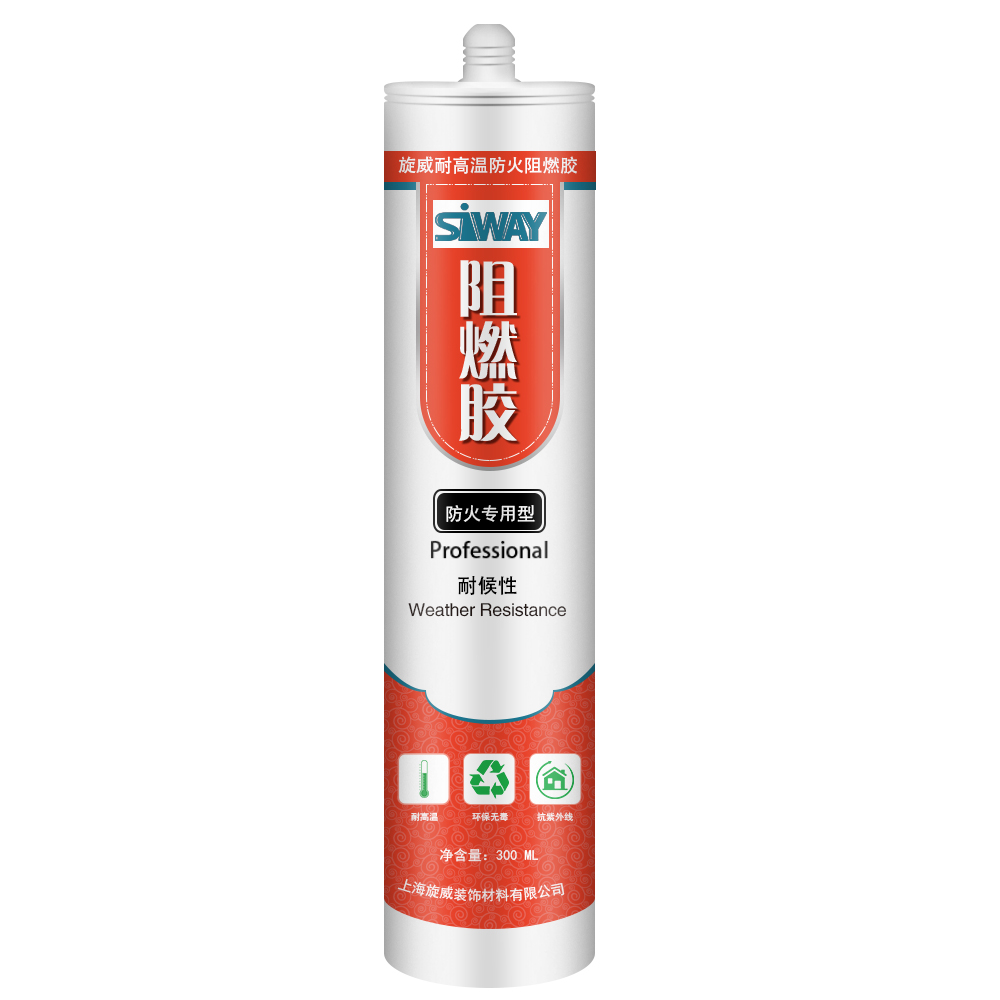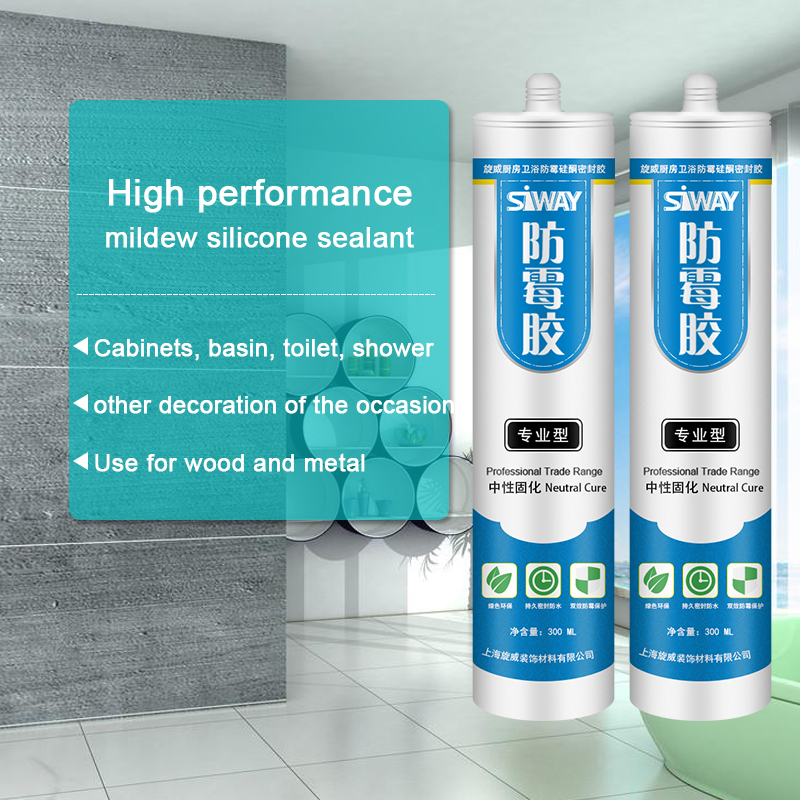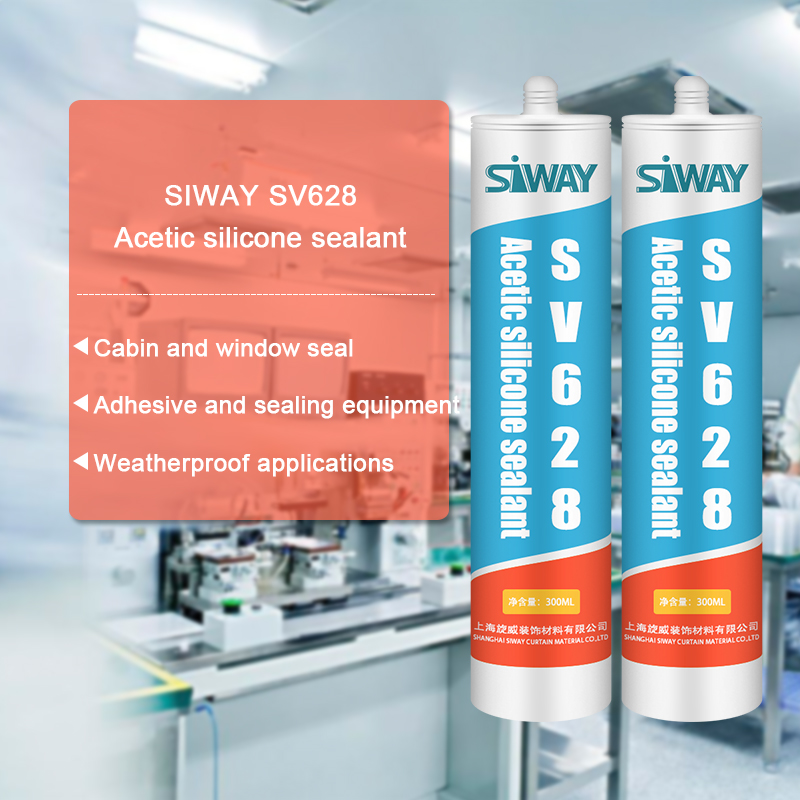Manufacturer of SV-9300 Fire Resistant Silicone Sealant Wholesale to Nicaragua
Short Description:
Description SV – 9300 Fire resistant silicone sealant is a one-component, neutral-curing silicone sealant exhibiting superior performance in applications where sealing openings in walls and floors are needed to control the spread of fire, smoke, toxic gasses, and water during fire conditions. Where to use It is an ideal material designed for use in fire-stop systems for through penetrations and joints. This product excels in applications where greater water resistance is required e.g. ...
Sticking to the principle of "Super Quality, Satisfactory service" ,We are striving to be a good business partner of you for Manufacturer of SV-9300 Fire Resistant Silicone Sealant Wholesale to Nicaragua, We have confident that we can provide the high quality products at resonable price, good after-sales service to the customers. And we will create a bright future.
Description
SV – 9300 Fire resistant silicone sealant is a one-component, neutral-curing silicone sealant exhibiting superior performance in applications where sealing openings in walls and floors are needed to control the spread of fire, smoke, toxic gasses, and water during fire conditions.
Where to use
It is an ideal material designed for use in fire-stop systems for through penetrations and joints. This product excels in applications where greater water resistance is required e.g. curtain wall, building facade, expansion/pipe and cable joints.
Key Features
1. 100% silicone
2. Excellent weatherproofing and waterproofing
3. Low gas transmission rate
4. With highly efficient redundant
Basic Application
- Building fire seam sealed
- Building facade
- cable joints
Technical data sheet
| Test standard | Test project | Unit | value |
| Before curing——25℃,50%R.H. | |||
| GB13477 | Flow, sagging or vertical flow | mm | 0 |
| GB13477 | Operating time | min | 15 |
| GB13477 | surface drying time(25℃,50%R.H.) | min | 40-60 |
| Sealant curing speed and operating time will have different with different temperatures and temperature, high temperature and high humidity can make sealant curing speed faster, rather low temperature and low humidity are slower.21 days after curing——25℃,50%R.H. | |||
| GB/T 531.1-2008 | Durometer Hardness | Shore A | 20-60 |
| GB13477 | 60% elongation of cementation | no damaging | |
| GB13477 | Elongation limit | % | 120 |
| GB/T 24267 | Sealant level | 20HM | |
| GB/T 24267 | Fire prevention level | FV-0 | |
Certification
GB/T 24267-2009
Color
Black
Package
300ml in cartridge * 24 per box
Shelf life
12 months
Note
If you want the TDS or MSDS or other details, please contact with our sales person.
For more info and to purchase: https://www.eastwood.com/eastwood-afterblast.html?utm_source=Youtube&utm_medium=Annotation&utm_content=After%20Blast&utm_campaign=2010-05-27
A great solution for properly prepping your project for primer, paint, powder, or any other coating.
Use “After Blast” after blasting or sanding metal, then paint, prime or powder-coat
After Blast cleans, degreases and etches just-blasted or newly-sanded metal to improve adhesion for painting, priming or powder-coating.
Spray, wipe and repeat until clean
Aqueous cleaners and phosphoric acid clean and etch the metal
Zinc phosphate coating improves paint, primer or powder adhesion
Also protects against flash corrosion
This video show us how to use the liquid silicone rubber to make mould by pouring way.
A. The operation of pouring way
Pouring way is suit for the product with the smooth surface and simple pattern, no need mold line. The soft silicone rubber will be choose for pouring operation, easy operation and demould, won’t destroy the original mold.
Step 1 Handle the original mold
Choose a prefect original mold, Manually polish and smooth the model, clean the surface and dry it. Fixed the original mold in a smooth wooden board, and using 4 pieces wooden board around it to make a square frame
Brushing the release agent evenly on the surface of original mold and wooden board.
4 kinds release agent we often used in condensation silicone mold: Vaseline, soap water, detergent, liquid paraffin.(silicone oil also can be used as release agent)
Step 2 Weight part A & part B according to the mix ratio recommended
Weighting two parts in Electronic scale with mix ratio 100:2 or 100:5.
Eg: Take 100g part A and 2g part B
Step 3 Stirring evenly
Remember to mix part A and part B evenly, otherwise the silicon rubber will be partly solidified and bring problems in your final operation. What’s more, the finished molds will meet a short life. All of these will cause a waste of silicon rubber.
Step 4 Vacuum pumping
For releasing the air bubbles, after mixing evenly, put the mixture in to vacuum pumping for 3-5 minutes, without exception, this step takes less than 10 minutes. Otherwise, it will cause cross linking reaction, and no more further steps will be available.
Step 5 Pouring
Pouring the silicone rubber to the frame from a corner, make the silicone rubber flow to the frame smooth.
Step 6 demoulding
After 3-5 hours later, can demould the silicone mold, It’s will be better for mold to demould after 24 hours
Please don’t hesitate to ask for more information if you have any questions , here Miss Carrie is at your service:
Tel: +86 -0755-89948019
Fax: 86-755-89948030
Mob: 86-18938861895
Whats App:0018938861895
QQ: 2355542537
E-mail: jpp(at)szrl.net
Website: https://www.szrl.net






